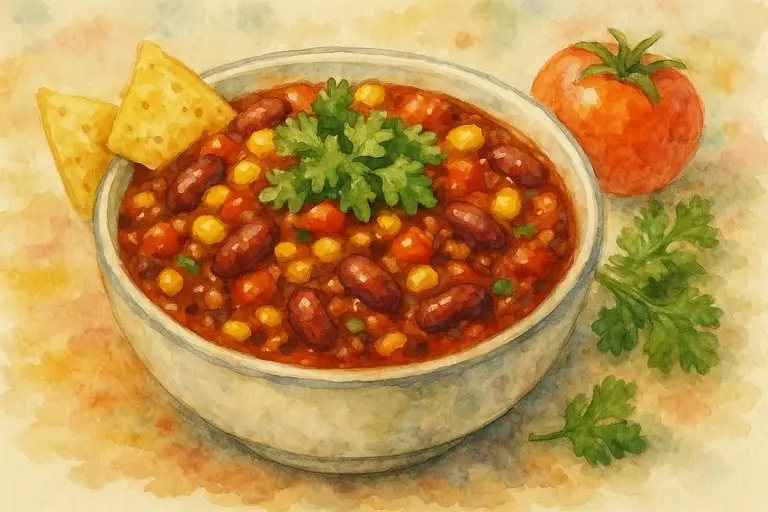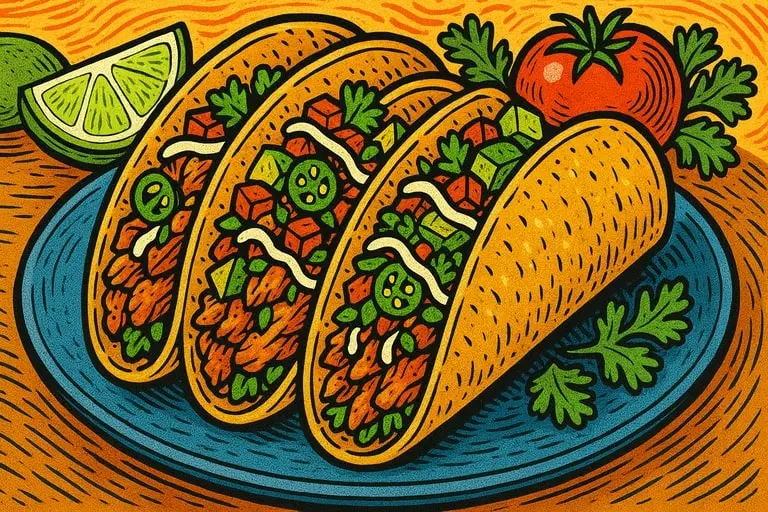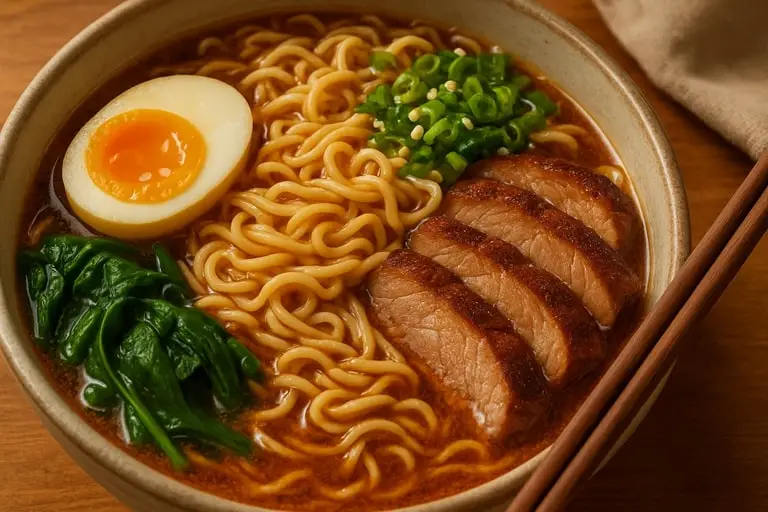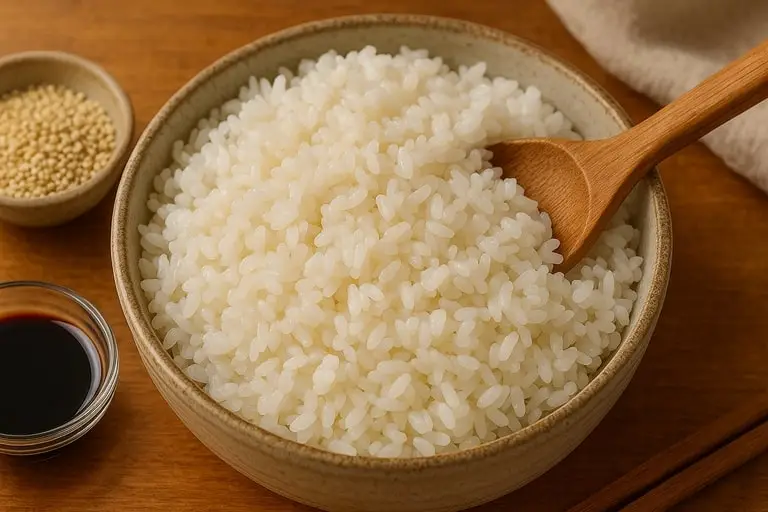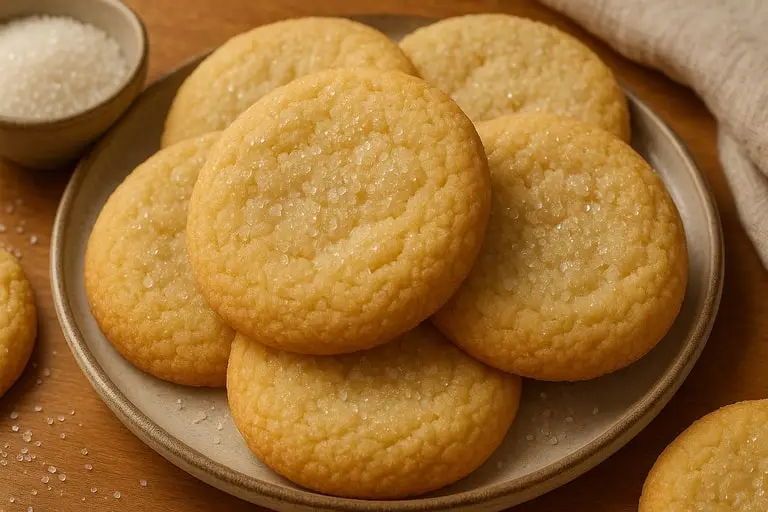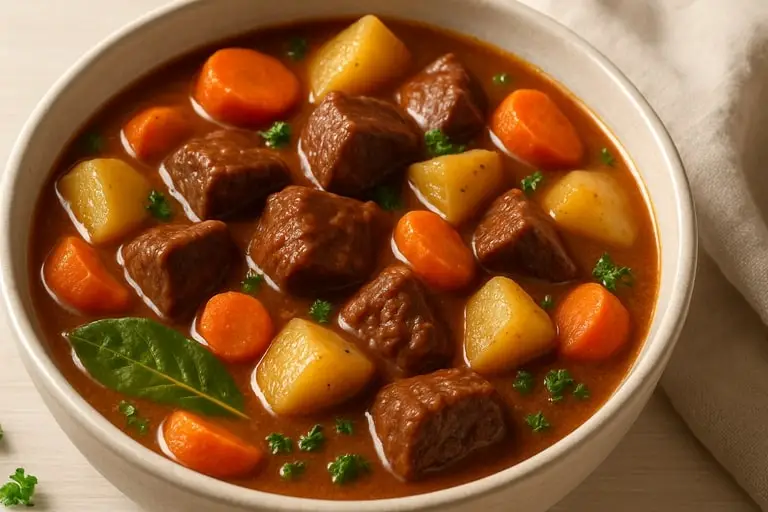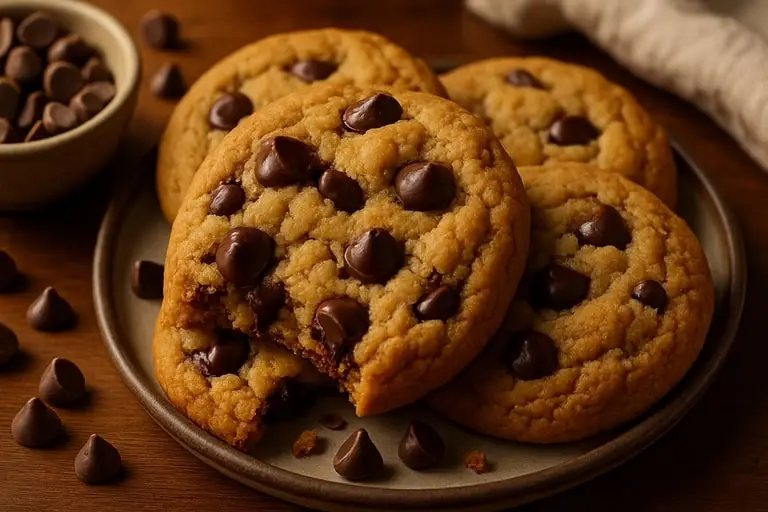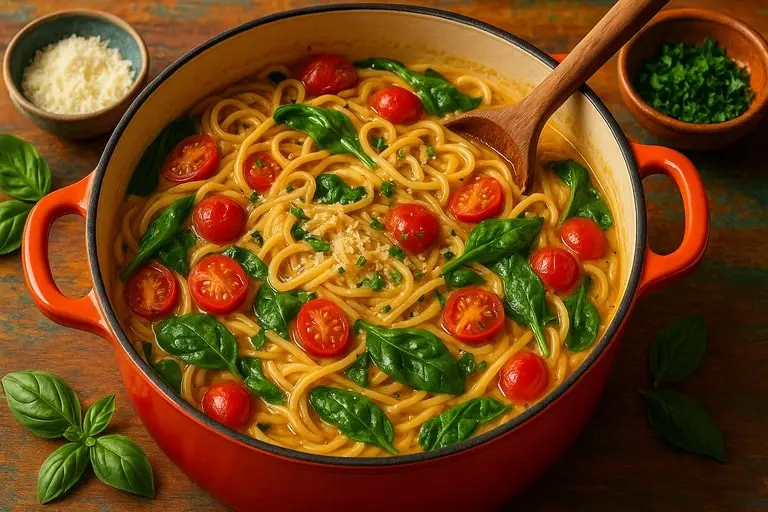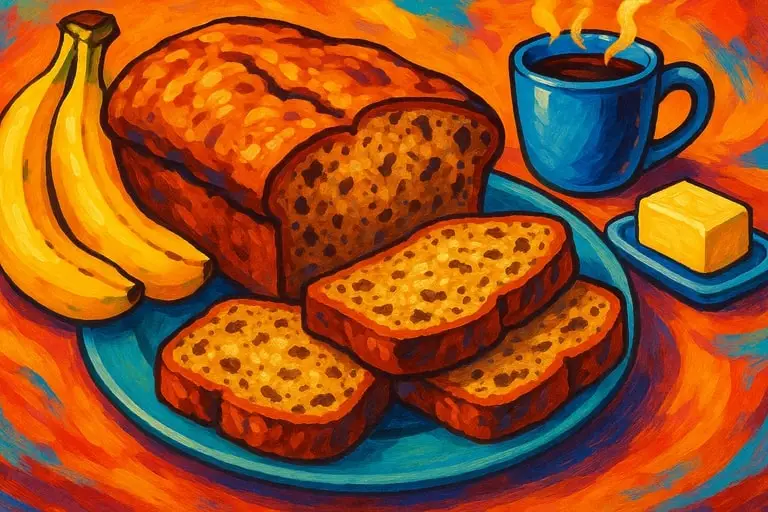Peanut butter cookies remain one of the most recognizable staples of American baking, cherished for their balance of nutty richness and sweet indulgence. Their distinctive crisscross pattern, formed by the press of a fork before baking, has become a symbol of comfort and tradition in kitchens worldwide. Yet behind this humble treat lies a story of culinary evolution, nutritional consideration, and versatility that has allowed peanut butter cookies to endure across generations. Examining how they are prepared, enjoyed, and adapted reveals why they continue to hold a permanent place in both professional and home baking.
At the foundation of every peanut butter cookie is the marriage of fat and sugar. Peanut butter itself provides both elements, supplying creamy texture and natural oils, while sugar contributes sweetness and browning during baking. This combination yields a dough that is simultaneously pliable and firm, allowing it to retain shape while developing tender interiors. When baked, the Maillard reaction between proteins and sugars creates the familiar golden color and aromatic appeal that make peanut butter cookies instantly enticing.
The unique identity of peanut butter cookies owes much to the way peanut flavor integrates with flour and butter. Unlike chocolate or fruit-based cookies where additions often dominate, peanut butter fuses seamlessly into the structure of the dough. Each bite carries an even distribution of nutty flavor, ensuring consistency from edge to center. This integration also explains why the cookies remain satisfying even in their simplest form, without frostings or mix-ins.
Culturally, peanut butter cookies embody notions of comfort and nostalgia. Many associate them with childhood, homemade lunches, or community gatherings, where a batch cooling on the counter symbolized warmth and care. The accessibility of peanut butter, particularly in North America during the twentieth century, ensured the cookie’s role as a staple. Even as baking trends evolve, the timeless appeal of peanut butter cookies persists, bridging generations through shared experience.
Nutritionally, peanut butter cookies offer both indulgence and subtle benefits. While undeniably rich in calories, peanut butter supplies protein, healthy fats, and vitamins like niacin and vitamin E. When incorporated mindfully, peanut butter cookies can provide satiety beyond that of sugar-heavy confections. Bakers increasingly explore ways to balance indulgence and health, experimenting with reduced sugar, whole-grain flours, or natural sweeteners to modernize the classic without erasing its identity.
Texture remains central to their appeal. Some prefer crisp edges with chewy centers, while others enjoy a more uniformly soft cookie. Variations in baking time, oven temperature, and dough thickness create distinct outcomes. Shorter baking at slightly higher heat yields crisp cookies, while longer, gentler baking enhances softness. This flexibility empowers bakers to tailor peanut butter cookies to personal preference, reinforcing their role as adaptable treats.
Peanut butter cookies also provide a canvas for creativity. Chocolate chips, oatmeal, or drizzled caramel add layers of complexity, while spices like cinnamon or nutmeg bring warmth. For those seeking indulgence, sandwich cookies filled with chocolate or marshmallow cream expand the boundaries of tradition. Yet even with additions, the peanut butter base remains unmistakable, demonstrating its dominance as a flavor anchor.
The science of peanut butter cookies also underscores why certain techniques matter. Creaming butter and sugar introduces air that lightens texture, while chilling dough prevents excessive spreading, preserving shape. Pressing dough balls with a fork before baking is more than decoration—it ensures even cooking by flattening the surface for consistent heat penetration. Such details, passed down through recipes, illustrate how tradition often encodes practical solutions into ritual.
From a professional standpoint, peanut butter cookies hold advantages in scalability. Their dough withstands freezing well, allowing bakers to prepare batches in advance. This reliability ensures consistency across cafés, bakeries, or catering services, where predictability is paramount. Their popularity also guarantees steady demand, making them a practical as well as sentimental choice for professionals.
Globalization has further expanded their reach. While peanut butter was once primarily American, its popularity abroad has introduced peanut butter cookies into new markets. Variations arise based on local tastes: some cultures prefer sweeter versions, others add sesame or coconut for regional twists. These adaptations prove the cookie’s ability to integrate into diverse culinary landscapes without losing identity.
Ultimately, peanut butter cookies endure not because they are elaborate but because they balance simplicity with richness, tradition with adaptability. Their essence lies in familiarity, yet their versatility ensures constant reinvention. By blending science, culture, and creativity, peanut butter cookies maintain their timeless place as both comfort food and a platform for innovation.
Peanut Butter Cookie Recipe Insights
The foundation of any peanut butter cookie recipe is balance: the ratio of fat, sugar, and flour determines texture and flavor. Understanding these proportions helps bakers achieve consistent results, while slight variations create opportunities for personalization. Examining how recipes evolve highlights why peanut butter cookies continue to inspire experimentation among both professionals and home enthusiasts.
Most traditional recipes begin with creaming butter, sugar, and peanut butter. This step aerates the dough, ensuring lightness and promoting even baking. Eggs provide structure through protein, while flour binds the ingredients into a cohesive mass. Baking soda or baking powder contributes lift, creating the tender crumb that defines a well-made cookie. This interplay of chemistry explains why minor adjustments can yield dramatically different textures.
For example, increasing flour content creates sturdier cookies with more chew, while additional sugar encourages spreading and crispness. Adjusting the fat balance by incorporating more peanut butter yields richer flavor but may require compensating with chilling or added flour to prevent excessive softness. Thus, a peanut butter cookie recipe becomes less a rigid formula and more a template for individual preference.
Different forms of peanut butter affect results significantly. Creamy peanut butter produces smooth, uniform cookies, while chunky varieties introduce bits of nut that add texture and visual appeal. Natural peanut butter, which lacks stabilizers, often requires additional flour or chilling to counter its oiliness. Bakers must therefore adjust recipes based on chosen peanut butter, tailoring technique to ingredient.
Sugar selection also influences outcome. White sugar encourages crispness, while brown sugar adds moisture and chew due to its molasses content. Many recipes blend the two to achieve balance, producing cookies that combine firm edges with tender centers. Such decisions illustrate the artistry of baking, where science informs choice but preference shapes outcome.
Modern variations of the peanut butter cookie recipe reflect shifting dietary concerns. Gluten-free versions employ almond or oat flour, while vegan adaptations substitute flaxseed for eggs and coconut oil for butter. Low-sugar or keto-friendly recipes replace sugar with alternatives like erythritol or monk fruit, maintaining indulgence while aligning with health goals. These innovations prove that the peanut butter cookie remains relevant across diverse nutritional frameworks.
The iconic fork-mark pattern remains central to the identity of peanut butter cookies. Though originally practical, it has become a visual shorthand for recognition. Its crosshatch design symbolizes tradition, immediately signaling familiarity to anyone encountering the cookie. While optional in technical terms, its persistence reveals how rituals sustain cultural meaning beyond their functional origins.
Experimentation extends into fillings and toppings. Peanut butter cookie sandwiches with chocolate ganache or marshmallow cream elevate indulgence, while drizzled white chocolate or dustings of sea salt create gourmet appeal. Each adaptation expands the cookie’s repertoire without erasing its essence, underscoring its adaptability as both humble and refined.
Practical considerations also define recipes. Peanut butter cookie dough freezes well, allowing bakers to store portions for later baking. This convenience aligns with modern demands for flexibility, enabling households to enjoy fresh cookies without preparing dough from scratch each time. Such storage-friendly qualities reinforce the cookie’s practicality in contemporary kitchens.
Cultural exchange enriches recipes further. In some regions, bakers incorporate spices like cardamom, while others add coconut or sesame for tropical notes. These variations demonstrate how the peanut butter cookie transcends borders, integrating into local palates while retaining its nutty core. Through such adaptations, recipes evolve yet remain recognizable, testifying to their universal appeal.
Ultimately, peanut butter cookie recipes embody both tradition and innovation. They provide comfort through familiarity yet invite exploration through variation. Whether classic or experimental, each recipe reinforces the cookie’s enduring presence as a symbol of creativity and indulgence in baking.
Peanut Butter Cookies and Homemade Traditions
The role of peanut butter cookies in homemade traditions extends beyond flavor, weaving into cultural rituals, family memories, and community connections. Baking these cookies at home has long symbolized warmth and togetherness, where the act itself holds as much significance as the finished product. Exploring their role in domestic traditions highlights how peanut butter cookies transcend food to become emblems of comfort and care.
Family kitchens often serve as the setting for first encounters with peanut butter cookies. Children learn to measure flour, crack eggs, or press dough with forks under parental guidance, embedding lessons of patience, precision, and creativity. The cookies cooling on the counter become more than snacks—they embody shared effort and learning, forming memories that last far beyond the moment of consumption.
Holiday seasons further amplify their significance. Peanut butter cookies appear on dessert tables alongside pies and cakes, often decorated with festive touches like chocolate kisses pressed into their centers. Their presence signals celebration, grounding traditions in familiarity while adapting to seasonal themes. For many families, no holiday feels complete without at least one batch emerging from the oven.
Community gatherings also reinforce their place in collective memory. Bake sales, school events, or neighborhood exchanges frequently feature peanut butter cookies because of their broad appeal and easy preparation. Their recognizable flavor ensures inclusivity, while their sturdiness makes them ideal for transport. In these contexts, peanut butter cookies transcend personal kitchens to foster communal connection.
Homemade peanut butter cookies also reflect care in gifting. Wrapped in simple paper or stored in tins, they carry personal significance that commercial confections cannot replicate. The effort of baking transforms them into gestures of affection, symbolizing time and thought invested in relationships. Such traditions highlight how peanut butter cookies function as currency of care in social exchange.
Technological change has altered traditions yet preserved core meaning. Online platforms now host countless recipes, enabling bakers to explore variations once confined to cookbooks. Social media amplifies the sharing of images and stories, creating digital extensions of communal traditions. Yet the essence remains unchanged: the peanut butter cookie continues to represent connection through baking.
For many, homemade peanut butter cookies also provide stability in uncertain times. The familiar process of mixing, shaping, and baking offers grounding, while their warm aroma evokes comfort. During moments of stress or change, the act of baking these cookies becomes ritual, reinforcing continuity and offering solace.
The adaptability of homemade traditions reflects evolving households. Families substitute ingredients to accommodate allergies, dietary restrictions, or cultural preferences, yet the symbolism persists. Whether gluten-free, vegan, or traditional, peanut butter cookies maintain their role as markers of tradition, proving that essence lies not in strict adherence but in shared meaning.
Homemade peanut butter cookies also influence intergenerational connection. Recipes passed down through families often carry handwritten notes, stains, or modifications that reflect lived experience. Baking from these heirlooms sustains continuity, linking present kitchens with ancestral traditions. The act itself becomes an homage to lineage, preserving cultural and familial heritage.
Beyond nostalgia, homemade traditions foster innovation. New generations experiment with flavors or presentation, creating cookies that honor heritage while embracing individuality. This balance reflects broader cultural dynamics, where traditions evolve without erasure. The peanut butter cookie thus symbolizes both preservation and reinvention, embodying resilience through adaptation.
Ultimately, peanut butter cookies endure in homemade traditions because they encapsulate more than flavor. They represent connection, memory, and creativity, sustaining their role as timeless companions in kitchens worldwide. Through every batch baked, shared, or gifted, peanut butter cookies affirm their place as both culinary and cultural touchstones.
Cookies have always represented more than just a dessert; they are cultural symbols that travel across generations, evoking memories of warmth, family, and comfort. In nearly every household, the smell of baked goods can instantly spark nostalgia, reminding us of childhood afternoons, festive holidays, or cozy gatherings on cold evenings. Their enduring popularity lies in the ability to combine simplicity with delight, delivering sweetness in a form that feels both accessible and timeless.
As global cuisine continues to evolve, the place of cookies in our hearts remains constant. While cakes and pastries may change with trends, cookies maintain a loyal following that transcends fads. Their versatility allows them to fit any occasion—whether as a school snack, a dinner party treat, or a café companion to coffee. The variety of textures and flavors ensures that everyone can find their favorite, from chewy centers to crisp edges.
The artistry of baking cookies rests in the delicate balance between ingredients. Flour, sugar, butter, and eggs create a foundation, while subtle additions such as spices, extracts, or toppings transform a simple recipe into something extraordinary. Bakers across the world experiment endlessly, achieving endless permutations of taste and texture, demonstrating how a humble recipe can become a canvas for creativity.
Culturally, cookies have also evolved into symbols of sharing and hospitality. Offering a plate of cookies to guests is more than a gesture of generosity—it reflects centuries of tradition. In many communities, recipes are passed down with reverence, each variation holding personal stories of the families that cherish them. The act of baking and gifting cookies becomes a language of care.
The simplicity of making cookies contributes greatly to their universal appeal. While elaborate desserts may intimidate, cookies invite participation even from novice bakers. A single bowl and spoon can be enough to begin, making them a perfect entry point into the joy of baking. This accessibility has contributed to their global spread, turning them into a staple across continents.
The sensory experience of cookies is profound. Their aroma, carried by butter and caramelizing sugar, can transform the atmosphere of a home. The sound of a crisp bite, the way chocolate melts on the tongue, or the satisfying chew of oats—all of these small details make cookies unforgettable. Each sensory layer reinforces the emotional connection people have with them.
Cookies are also canvases for cultural adaptation. In one country, spices may dominate; in another, dried fruits or nuts. Seasonal shifts bring their own variations—gingerbread in winter, light lemon cookies in spring. This adaptability keeps cookies relevant and fresh while preserving their universal charm.
Baking cookies has psychological benefits as well. The repetitive actions of mixing and rolling can be calming, creating a meditative rhythm. For many, baking is not just about the end product but also about the process itself, which offers stress relief and satisfaction. Sharing the result then extends that joy outward.
The commercial world has embraced cookies with vigor, from packaged treats on supermarket shelves to artisanal bakeries offering gourmet versions. This commercial success reflects not just taste but also the emotional connection consumers feel. A cookie is never just a cookie; it is an edible symbol of comfort and happiness.
Cookies also play a surprising role in nutrition trends. With modern modifications, bakers now create gluten-free, vegan, or protein-enriched versions. These adaptations allow cookies to reach wider audiences without losing their appeal, proving their resilience in changing times.
Digital platforms have expanded the reach of cookie culture. Online recipes, baking blogs, and social media videos showcase endless innovations, inspiring millions to try their hand at baking. This digital exchange spreads traditions across borders, ensuring that cookies continue to evolve globally.
In this rich tapestry of culinary history, one phrase embodies the enduring allure of baking: classic cookies, nutty flavor, homemade cookies, how to make peanut butter cookies—a reminder that even in the age of innovation, simplicity and tradition remain irresistible.



